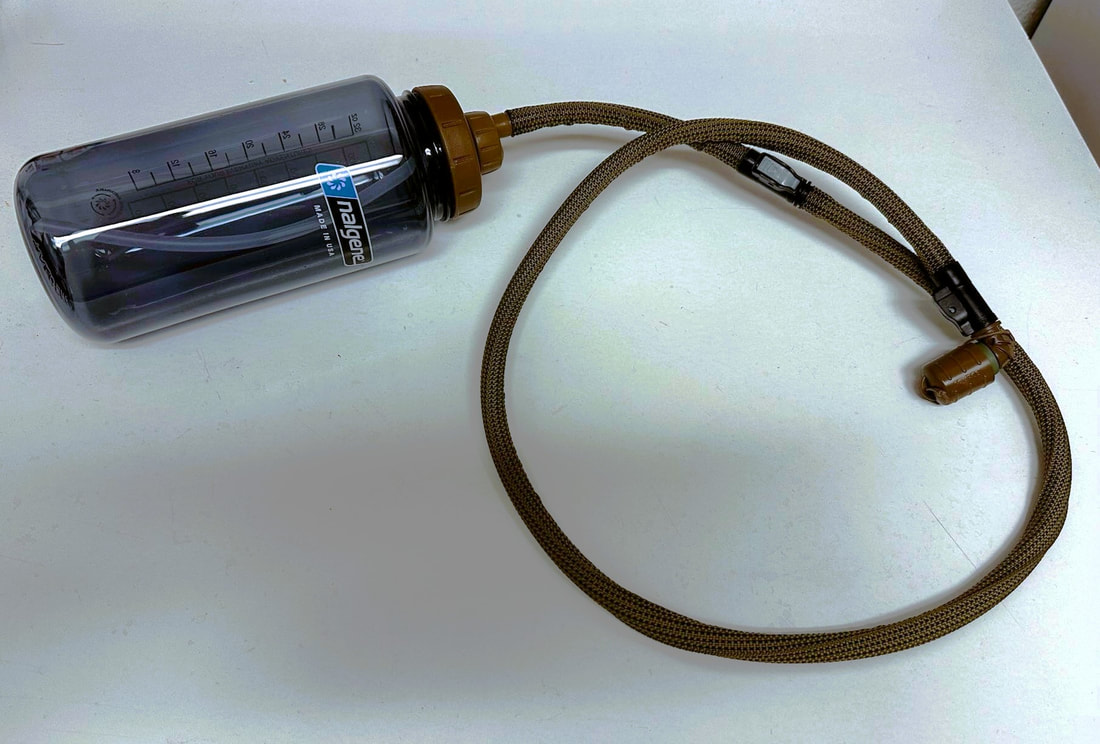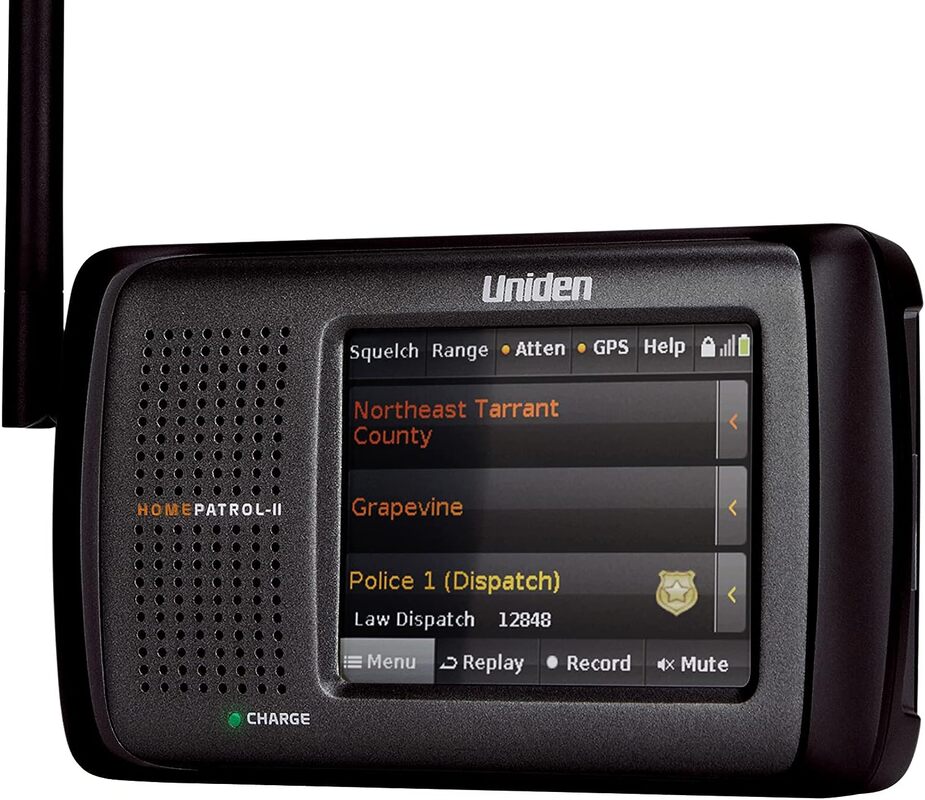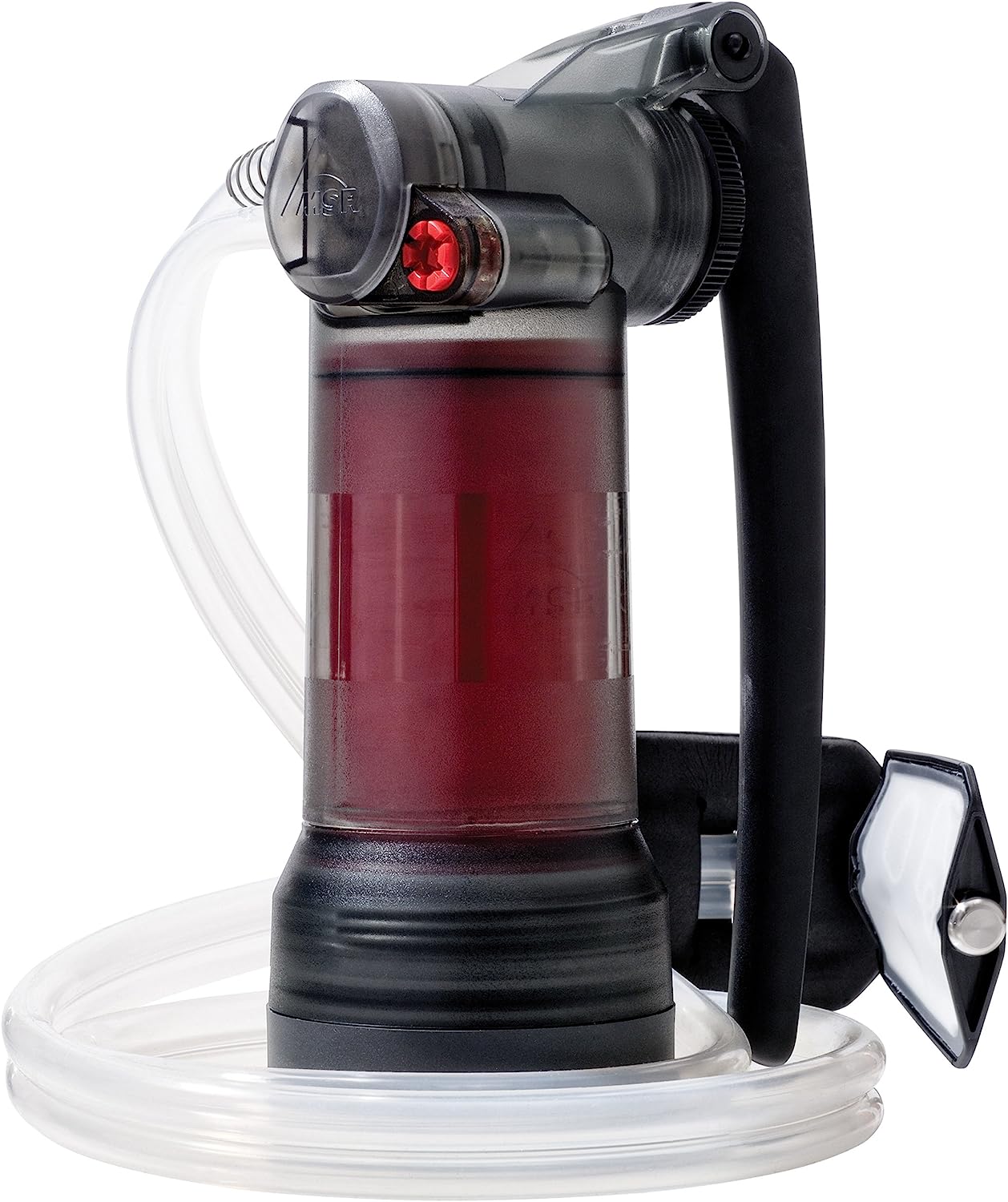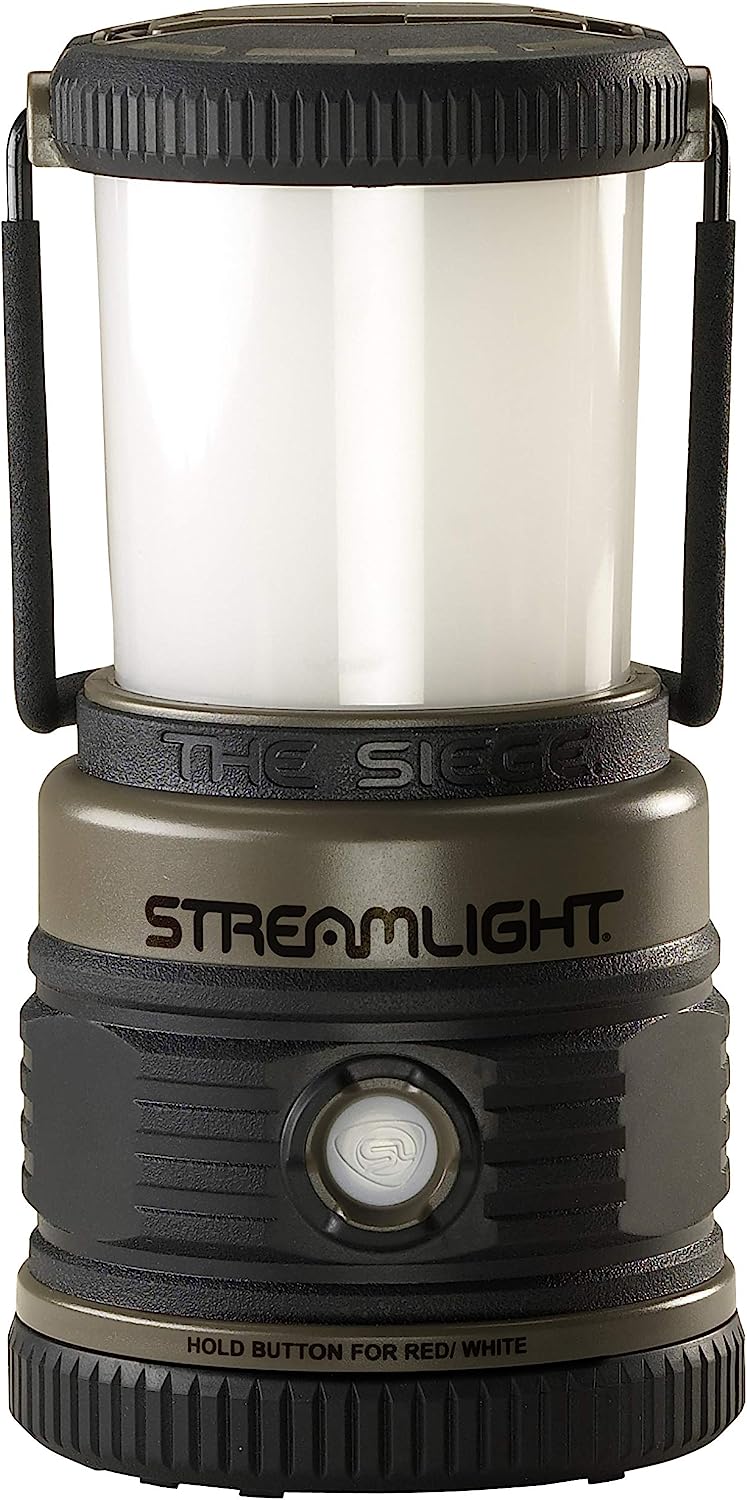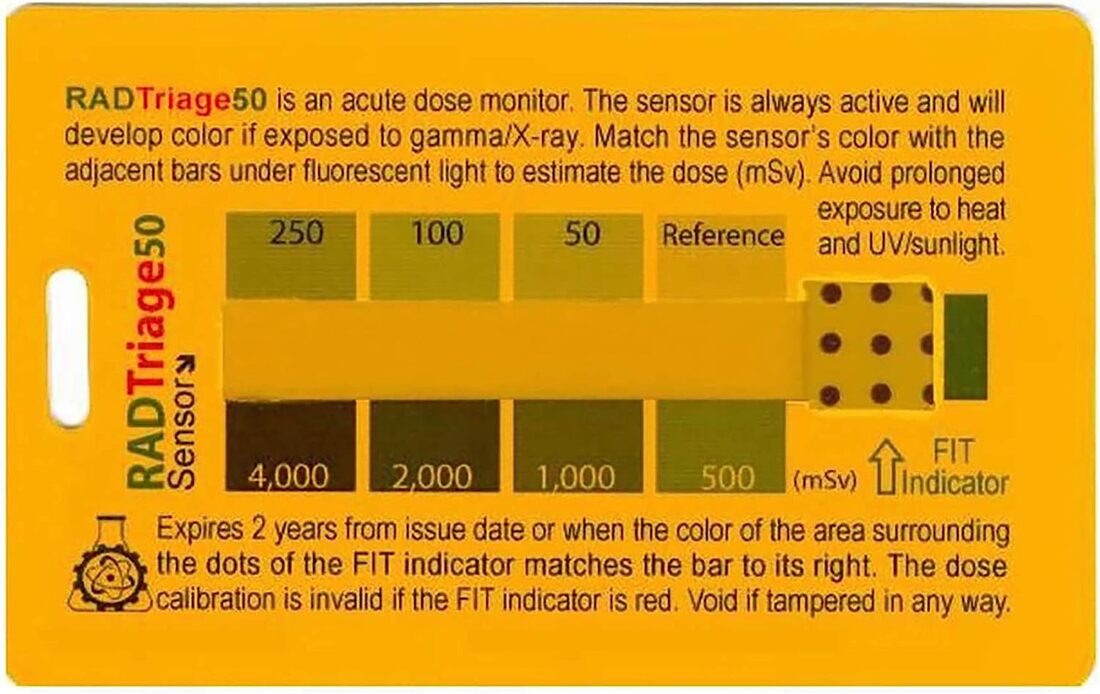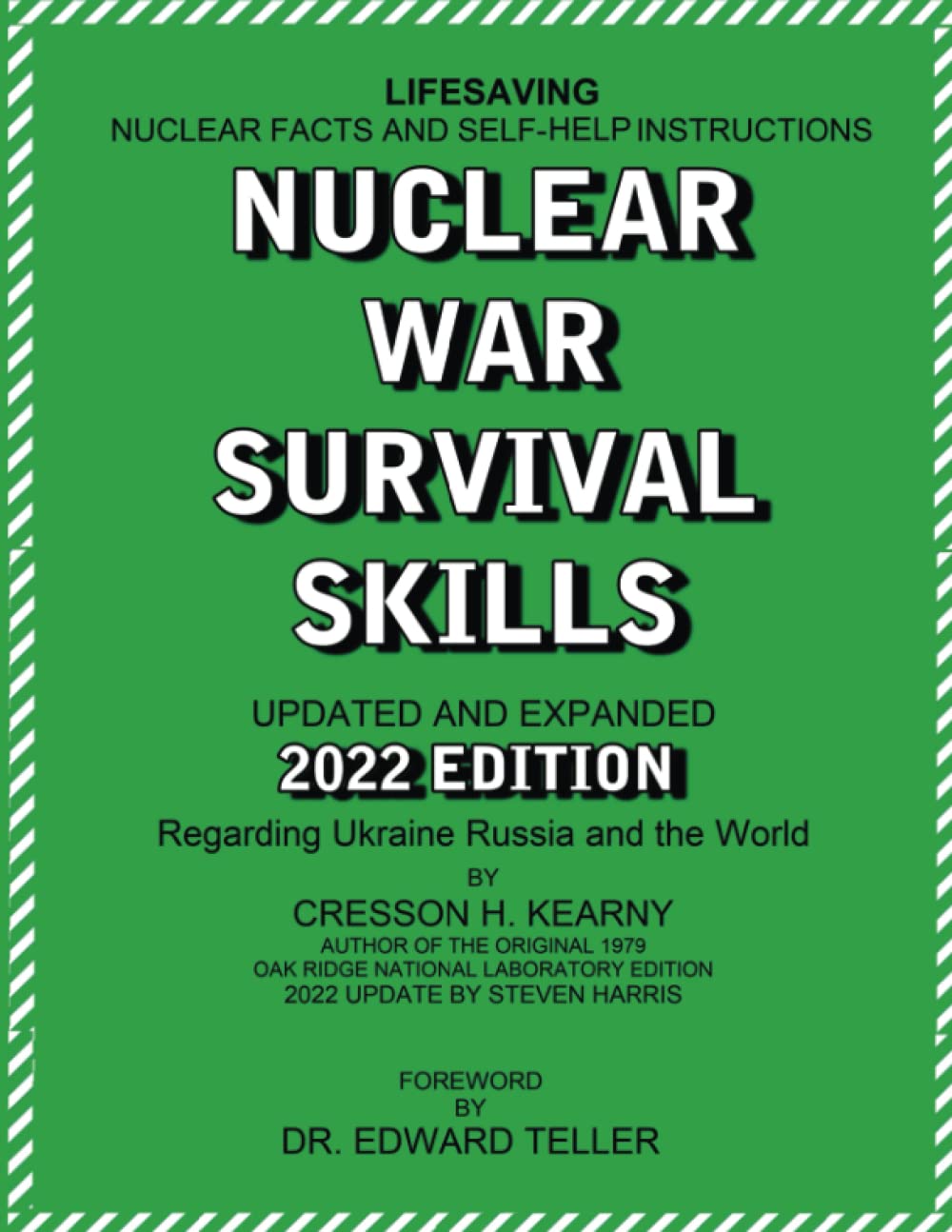|
Note: this an adaptation from my non-fiction book Suburban Defense: A cop's guide to surviving riots, civil war, SHTF, or modern urban combat, available on Amazon Much of this advice may only apply in life-threatening circumstances, such as near-WROL (without rule of law) and WROL. Your state may have new protections for motorists in riot/protest type situations. Not all states have adopted enhanced protections for motorists. Look up your local laws and obtain an attorney’s advice. If things go pear shaped in the world, get used to driving with your windows up and the doors locked. This is a standard practice in third-world countries or bad neighborhoods. The glass is just one more obstacle an attacker has to overcome. It also prevents them from just reaching in to open the door or assault you, plus it keeps thrown objects out. If you must lower your window, drop it no more than two inches, just enough to talk. There will always be cameras and video of any incident where you have to use force with/from your vehicle. Thugs will obtain your license plate and turn that over to authorities. Whether or not you will be prosecuted will depend on your conduct and the politics in your area. You should also expect that you will be personally exposed and your home and your employment targeted by a vindictive Internet mob even if you escape any legal charges. \ Should police become involved, any defensive driving was a use of force, the same as shooting someone. This was not a traffic collision. Never make a statement to police. Shut up and ask for an attorney. Do not talk to the police. Be observant or face the consequences. In 1992, America watched as Reginald Denny was beaten nearly to death because he drove into a riot listening to country music instead of news radio that might have warned him of the chaos at Florence and Normandy.
In a semi-rule of law situation or when protesters are just being jerks, don’t escalate the situation. Remain calm and get through the moment without being shot or arrested. Getting out of the vehicle only exposes you to risks. Yelling at the protesters won’t get you through and may provoke them to violence. You are playing into their hands by getting angry so they can escalate their behavior. If you have to drive through a crowd
Keep your doors locked and windows rolled up. Keep your firearm secure but handy in your holster. Consider where your gun is and what happens if you have to stop suddenly. Keep it on your body if you have to bail out of the car in a hurry. If you must draw your gun, keep it out of sight of the rioters. Don’t let them see it as it may escalate the situation or they may shoot you. If the mob is non-violent and you are stopped, don’t try and force your way through. Forcing your way through a non-violent crowd will aggravate the crowd and will turn you into the aggressor. It is frightening and you will be infuriated, but in most cases it will be over soon. Don’t give into people trying to incite a reaction by becoming hostile. If the mob is violent, don’t stop. Moving slowly at a predictable pace allows people (who are willing) to get out of the way. It could also be considered reasonable, or proportionate force, to move just enough to get your vehicle out of danger while giving the protestors a chance to flee. Don't get out of your vehicle unless it is disabled. Even if the protesters are forcing their way in, it is easier to defend yourself from inside the vehicle. Think of it as a cage that keeps them (mostly) out. Only exit your vehicle if it is disabled or on fire. If your car is breached, you may have a right to self-defense in your state, a “castle doctrine” in your vehicle. Your legal standing and physical safety are better with the car around you. Don't run people over if you can avoid it. Remember that using your vehicle as a weapon is a crime; deliberately running someone over is murder. A vehicle vs. pedestrian self-defense claim may be difficult to argue. All of your actions must be deliberate at this point to minimize injuries and get you out of the crowd. Your vehicle may have an impact shutoff sensor and you may find yourself in a disabled vehicle surrounded by a hostile crowd. While driving through a crowd, they will beat on your car body, the windows, and try to vandalize the car. They may even succeed at breaking windows. Jumpers will try to get in front of the vehicle, on the hood, roof, or in the bed of a truck. The crowd will already be mad at you for driving through and will take it as a mass personal affront if you start hitting people. Most drivers stop when they hit someone. The mob then surrounds the car and tries to force entry. As the driver panics and tries to get away, they hit the gas and strike more people at high speed. Stay calm and don’t panic. Control yourself and think your way out. Utilize openings in the crowd or drive though non-roadway areas like lawns to get away. Drive until you are not just away from the rioters/protesters, but also out of sight. You might feel safe a hundred yards away in a clear street, but they might be pursuing you. In Los Angeles in 2020, protesters employed a chase vehicle that literally chased down someone that drove through a pursuit. Best Practices
Vehicular self-defense legal principles Barring any new (as of 2021 laws), standard self-defense laws apply even in vehicles. You cannot hit someone with a vehicle on purpose in self-defense unless they are an imminent threat to your life. A vehicle is deadly force versus pedestrians or even occupants of other vehicles. People die in car accidents all the time so I hope I don’t have to explain further. You must have an actual, reasonable fear that if you stop or don’t hit that rioter, you will be seriously injured or killed. Remember that crowds will likely take your vehicle to be a lethal threat and act in their self-defense, regardless of the purity of their motives. Your behaviors may take a riotous mob that wanted to harm you and turn them into the victims. Expect that even in a WROL situation, the mob will try to shoot you in their defense. You cannot drive through the crowd merely because you were afraid. A “bare fear” is not enough to justify lethal force. You need to have an actual threat with imminent danger (and be able to articulate it), such as someone pointed a gun at you, they broke the window and were trying to pull you out, a Molotov cocktail hit your vehicle, etc. Seeing someone pulled out and being beaten to death in front of you like Reginald Denny could be a good justification if you had a real fear of the same happening to you. An armed attacker in another (moving) vehicle would probably be a legitimate use of ramming against a vehicle. Smashing your car into their car could shake the aim of the gunman or screw up their firing position. The other vehicle could crash. An armed motorcyclist is easier; just slam the car into the bike and knock it down. Be aware that any collision may cause your vehicle to become disabled or crash. Remember that in leftist jurisdictions you may be prosecuted for a use of force against protesters, even if morally or ostensibly legally justified. In Texas, an off-duty Army sergeant was driving for rideshare when he was confronted by a protester with an AK-47 who pointed the rifle at the car. The sergeant drew his pistol and fatally shot the man with the AK. He was charged with murder over a year later and of this writing will shortly be going to trial. The information contained in this work does not constitute legal advice and should never be used without first consulting with an attorney or other professional experts. No endorsement of any official or agency is implied.
The content of this work is of an editorial nature and for informational purposes only. Your use of the information in this book is at your own risk. The author and publisher hereby disclaim any liability to any party for any loss, damage, or disruption through use of the information in this work. 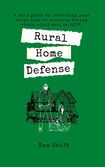 As America stands at the precipice of famine, political instability, a financial disaster, domestic conflict, and even a civil war, preparing one’s home and family are now a matter of survival. Contrary to the popular belief that rural living will allow a prepared individual to ride out the storm unscathed, lessons from history show us that those outside of cities will face similar threats to their suburban compatriots. Rural and remote homesteads and properties can be easily attacked by a superior force utilizing the same isolation that the owner sought. Getting out of the cities is a good idea if you are prepared for the unique challenges. This book is for:
Rural Home Defense is the rural companion to Suburban Defense and Suburban Warfare. It covers topics like:
Don Shift is a veteran of the Ventura County Sheriff's Office and an avid fan of post-apocalyptic literature and film. He is a student of disasters, history, current events, and holds several FEMA emergency management certifications. His works include the non-fiction Suburban Defense, Suburban Warfare, and Nuclear Survival in the Suburbs; the Ventura Sheriff EMP series of novels (Hard Favored Rage and Blood Dimmed Tide); Late For Doomsday, and Limited Exchange, both nuclear war survival stories. The government cannot tell from your credit/debit card transactions alone what you bought. They can see:
Essentially this is what you see on your credit card statement. This is often done through a warrantless "hotwatch" program that can be done in real time without your permission or knowledge. It is often done to track criminal or terrorist suspects. A court order (subpoena) is required and it is not just an automatic thing like running a license plate. Merchant Category Codes (MCCs) do identify what kind of business you've patronized. For instance, if you bought a gun the credit card company will see MCC 5941 Sporting Goods Stores. From here they can draw few inferences that you may have bought guns or ammo. Knowing where you shopped means that investigators can obtain any internal records from the business, such as your purchase history. This could be tracked by your Amazon order history, a shopper's club card (they use your purchase data in exchange for 'discounts'), or a membership card purchase history. In this case, they don't even need a credit card as long as they know where you shopped. There is no way that I'm aware of that purchases can be tracked and identified in real time. A lot of legwork is required and it's impossible to do for everybody. Although technology is changing rapidly and so will tracking in the future. I stopped using my club card, phone number, or email at sporting goods stores. So if you want to truly remain unknown, pay cash, use no phone number or card, and buy at a store far away from home where no one knows you. Update: The MCCs are only part of the story. "Level 3 line item data" may be be voluntarily sent by retailers in Level 3 data because it lowers their processing rates. IE if we know what your customers buy, you get a discount. Probably many retailers have this on by default and don't even know it.
"Level 3 processing and sending line item detail is an advanced method of processing commercial, purchasing, fleet and government credit cards. It involves sending additional fields of data through the processing network. This is up to 12 fields of additional information, much like you would find on an invoice. With the additional data a business can monitor what kind of purchases are made on a company card, where, how much etc. It can also include restrictions, limiting the types of businesses an employee can make purchases. Visa and MasterCard created special rates to support Level 3 data by reducing the transaction cost when level 3 processing data is included with the transaction. This often lowers the transaction cost by up to 40%." See also: Nuclear Survival in the Suburbs I received an email from a nuclear engineer that better clarified the issues and difficulties in employing the inverse square law. The engineer who was kind enough to write me in response to my article did a wonderful job of explaining the caveats better than I did. His information was more informative and expansive than the engineer I consulted with previously to establish the background of my post and book.
He cautions that the radiation dose reduction from planar sources, like the fallout contaminated ground and surfaces outside, does not fall directly according to the inverse square law. The rate will still decrease, but will be higher than the inverse square law would otherwise predict. “With (approximately) five planar sources facing the occupants, reductions by moving from one side to the other are important, but will not fall of with the inverse square of the distance. (Dose rates from hot spots will approximate the inverse square law, but locating them may not be easy or even possible for most people.)” The varying properties of plane sources appears related to exactly how the radioactive material is deposited. As cautioned in my post, and further in my book, how the fallout lands, the layout of the house, and hot spots will complicate any “neat” computations. In fact, for most citizens measuring radiation would be impossible, making the actual level ill-relevant and survival more related to the level of distance shielding one can achieve. Some salient points from a Dept. of Energy publication (DOE-HDBK-1122-99) he referenced are: Regarding linear sources, “The inverse square law becomes inaccurate close to the source (i.e., about 10 times the diameter of the source)…The inverse square law holds true only for point sources; however, it gives a good approximation when the source dimensions are smaller than the distance from the source to the exposure point.” At near distances, "the exposure rate falls off a little slower than 1/d (i.e. not as quickly as a line source). As the distance from the plane source increases, then the exposure rate drops off at a rate approaching 1/d2." So the inverse square law, as you are well removed from the source, is grossly approximate. So the calculations used in my example should be illustrative of the principle rather than definite facts or a formula one should use. The inverse square law should be seen, in the context of nuclear fallout contamination, as a generic understanding of how distance contributes to the reduction of a radiation dose, not as an iron-clad rule. Even so, there will be a significant reduction with increasing distance, enough that in low radiation count areas sheltering-in-place is viable. A very large building, like an office or church, may be a better choice than a home. Those in homes without a basement are best served by relying on improvised shielding in the center of the house. Several studies measured the radiation level inside typical early Cold War era homes. Fallout contamination on the ground outside was simulated in some experiments by laying plastic tubing out in an evenly distributed pattern, then pumping a radioactive source through it. Detectors were placed inside the home at various locations and the protection factor was calculated. The studies reviewed here generally did not consider immersion (while the fallout is still descending thickly, but after fallout has completed its deposition).[1] The protection was quantified in Protection Factor (PF). This is a division of the open field or unshielded dose vs. the interior or shielded does. The higher the rating, the greater the protection. The protection factor is a fractional reduction of the unsheltered dose; for example, a PF of 2 means half the dose received. PF is essentially a fraction; divide the outside radiation level by the PF and it will result in the absorbed dose in the shelter. The protection factor (PF) is the denominator of the fraction of the radiation you are receiving. The fraction can be calculated by doubling the layers. A protection factor of 1000 (ten layers) is most desirable, with a PF of 200 considered the safe minimum. A PF of 1000 would be three feet of packed earth or four inches of lead. The studies would measure the protection offered by the housing materials themselves as well as the effects of distance. Most homes give a protection factor of approximately 2 (PF) aboveground. Higher values are found in masonry walled homes and in basements. A typical stucco Southwestern style home can have a PF of 2.8 to 4.4, depending on the refuge location and other factors. Unsurprisingly, masonry offered better protection than any other material. Stucco is slightly better than wood or vinyl sided homes. Brick walled homes tended to have a similar PF on the second floor as the first. Basements were by far the best area to shelter in, getting up to an idealized PF of 10 (that is, one tenth the radiation). The best protection in a basement is low to the floor in the center of the house, preferably with two stories above. Split-level homes built on sloping lots showed minor variation from level lots on the main floor, but as expected, the basements had less protection due to more exposure of exterior walls. In general, split-level homes have a lower protection factor than homes on level lots because the exposed floor creates another unprotected (partial) plane. Split-level homes without a basement suspended on piers will have a much larger unprotected bottom area than other styles. An empty supermarket had a PF of approximately 8. It is noted that the content of the store (shielding) may increase protection. The large, boxy construction of a typical grocery store or big box store has high ceilings and at the center, enables shelterees to get far from the exterior. While a store may be impractical due to looting, similar buildings are warehouses, tilt-up industrial buildings, “warehouse” style churches, and some office properties. A pitched, metal roof seemed to offer good protection from fallout accumulation. The measured level of contamination was only 10% of that of the nearby ground levels. I would attribute this to the slick metal preventing the particles from “sticking.” Moving partitions towards the detector increased the radiation dose; this would tend to indicate that shielding or walls may offer more protection closer to the radiation. The actual dose will vary over time depending on the radionuclides in the fallout, the deposition rate and pattern, weather, decontamination, and radioactive decay. If fallout was one hour old, the protection factor increased (note that this is not a function of distance or shielding, but radioactive decay). In summary, a conservative estimate for aboveground protection factors would be a PF of 2, or half the outdoor radiation. Brick veneer and masonry homes can have a PF from 3-4, or one third to one fourth of the exterior dose received inside. Basements are expected to have a median 8 PF but would probably be closer to 15-25 PF, depending on the person’s location and the construction of the home. [1] Michael Dillon, Jave Kane, John Nasstrom, Steve Homann, and Brenda Pobanz, "Summary of Building Protection Factor Studies for External Exposure to Ionizing Radiation," February 2016, Lawrence Livermore National Laboratory |
Author Don ShiftDon Shift is a veteran of the Ventura County Sheriff's Office and avid fan of post-apocalyptic literature and film who has pushed a black and white for a mile or two. He is a student of disasters, history, and current events. Archives
May 2024
Categories
All
As an Amazon Associate I earn from qualifying purchases.
|
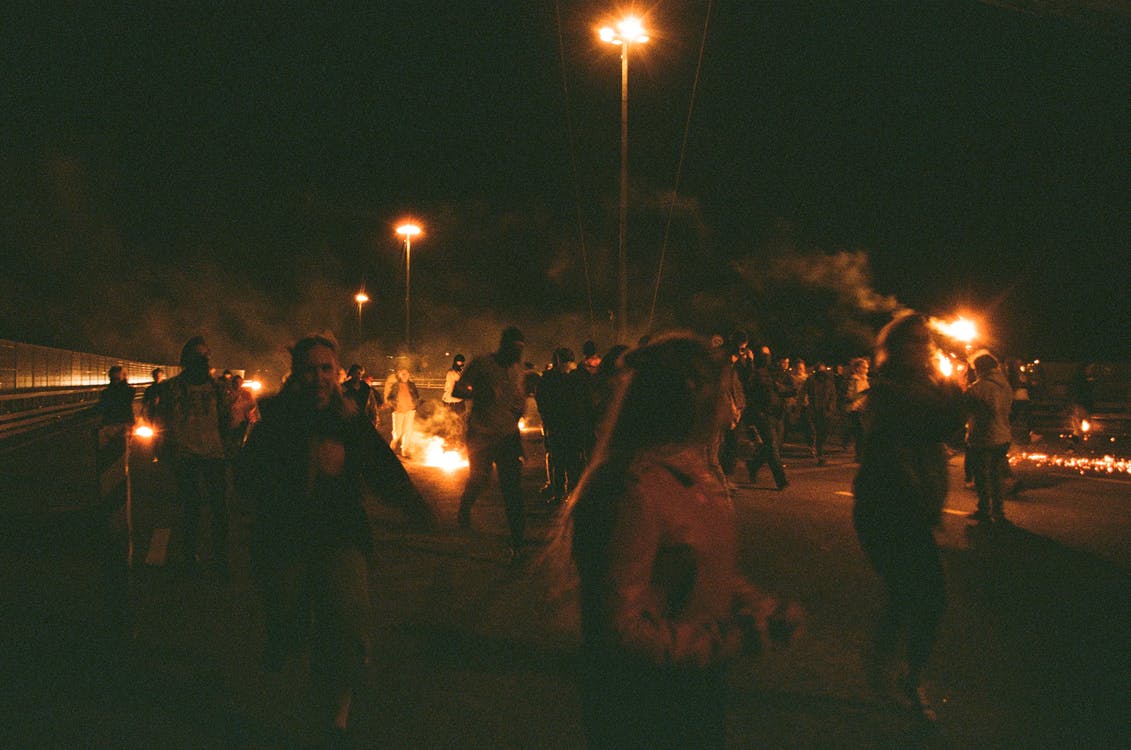
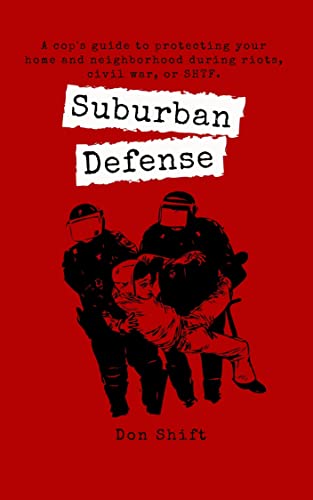
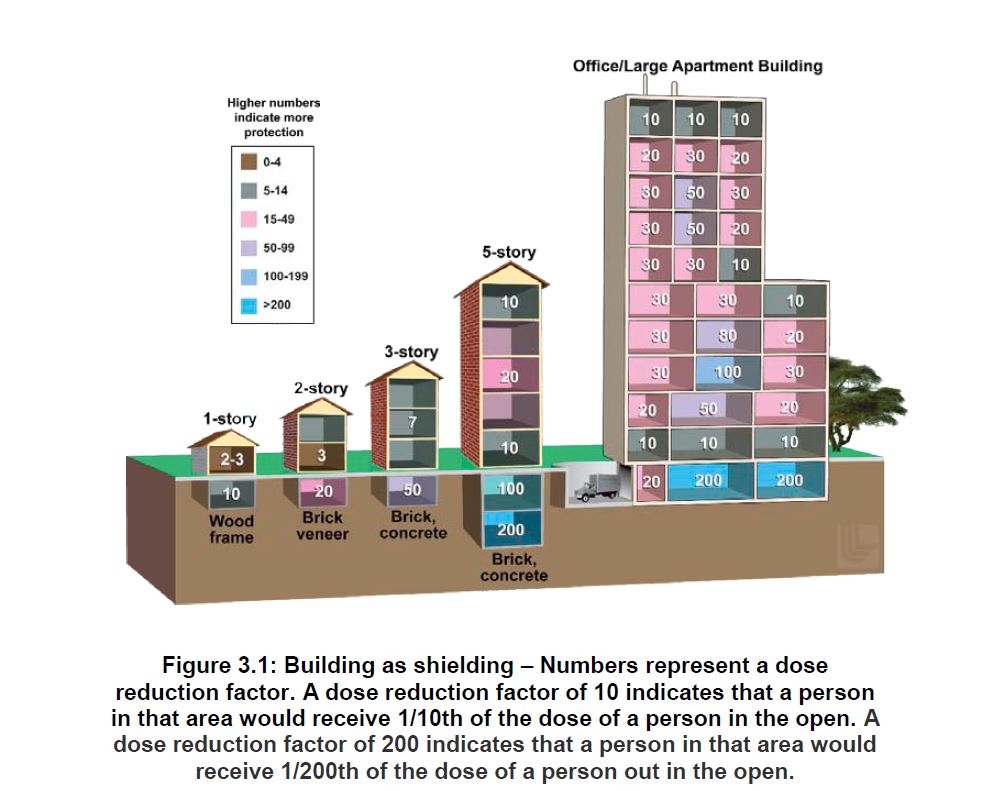
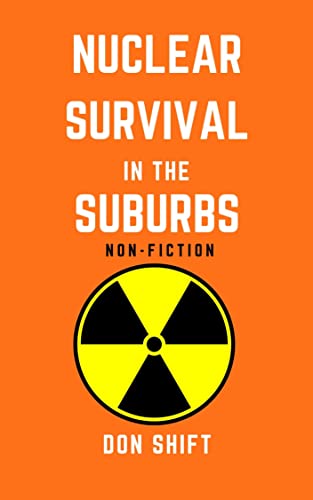
 RSS Feed
RSS Feed
